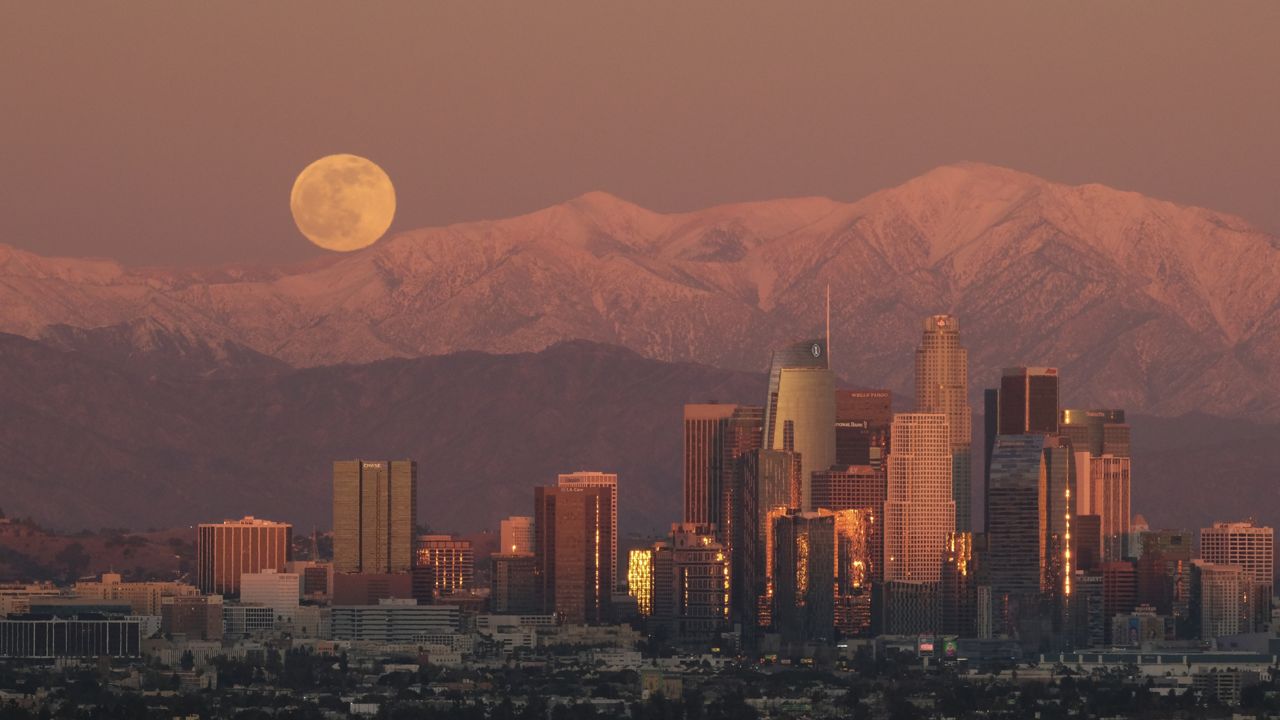When you look up into the sky at night, it seems like the moon is in a completely different spot each night compared to the night before. Then on other nights, you don't see the moon at all. Instead, you see it during the day.
Why is this? Does the moon rise in the east and set in the west? Or is it the opposite? Or perhaps, it treks across the sky from north to south?
The other celestial body that we are all used to seeing is the sun. We all know the sun rises in the east and sets in the west.
So let's get back to the question of why the moon seems to always be in a different place in the sky. Let's use the sun as an example.
The sun always rises in the east and sets in the west. This is because the Earth rotates on its axis in a counter-clockwise motion, or from west to east. It is the Earth's rotation on its axis that makes the sun rise in the east and set in the west.
The same holds true for the moon. It is the Earth's rotation on its axis that makes the moon rise in east and set in the west. The picture below is of the moon setting in the west behind the Sierra Nevada mountains in the morning.
So, the next question is, why does it seem like the there is no pattern in timing of the moonrise and moonset? Again, we look to the sun for answers. The Earth tilts on its axis at an angle of 23.5 degrees. Because of this, the sun rises and sets within 23.5 degrees north or south of due east or west. It take the Earth 365.25 days to move between those 23.5 degrees.
That means the sun rises and sets within a difference of a few seconds to three minutes each days.
The moon's orbital plane is similar to the Earth's orbital plane around the sun, but it is offset by about 5.1 degrees. So, the moonrise and moonset is 29.6 degrees north or south of due east and west. We get the 29.6 degrees by adding the Earth's tilt of 23.5 degrees and moon's offset of 5.1 degrees.
So, here is the kicker: remember how it takes 365 days for the Earth to revolve around the sun? Well, it only takes the moon about 28.5 days (about a month) to rotate around the Earth. So, the moon goes through the 29.6 degrees north or south of due east and west much faster.
The moon rises 50 minutes later each day. So, it only seems like there is no pattern to the Earth-moon relationship. You just have to pay much closer attention to the moonrise and moonset relationship because of the 50-minute time difference. Also, it's harder to track when the moon rises during daylight hours.



